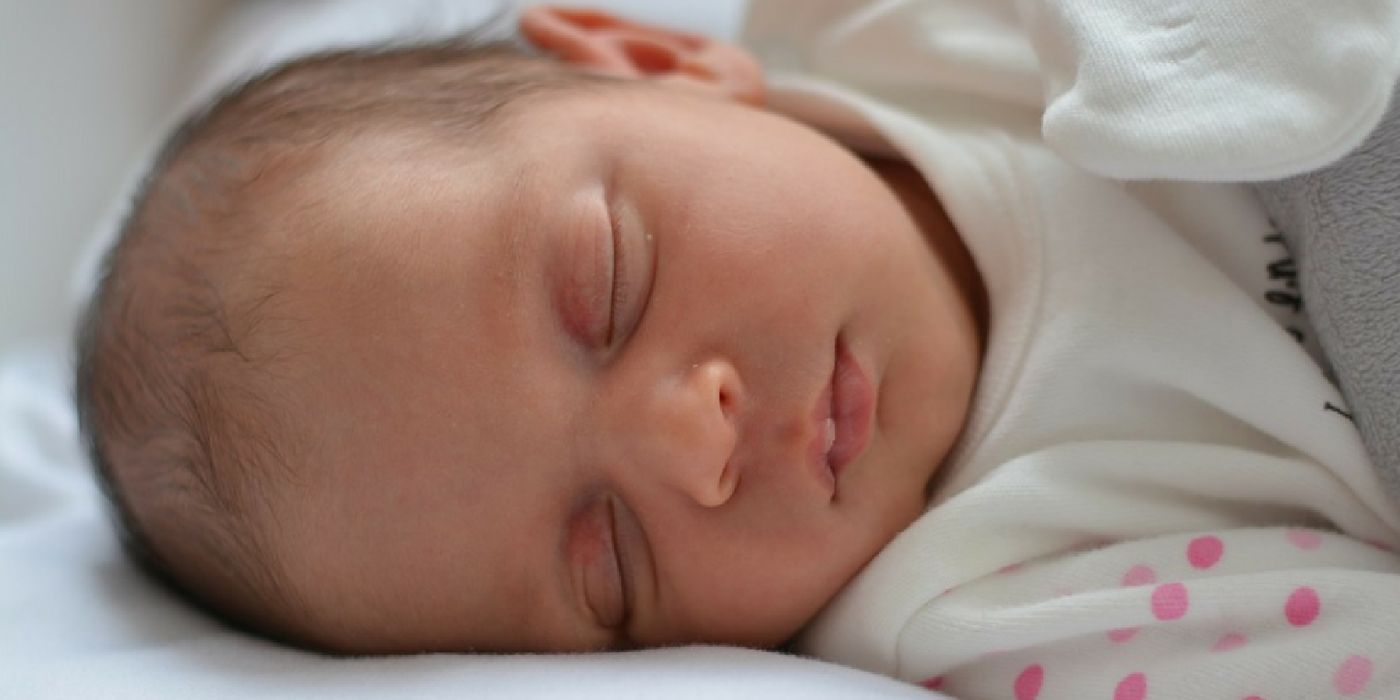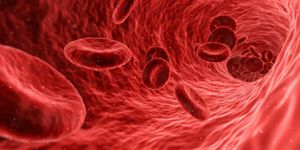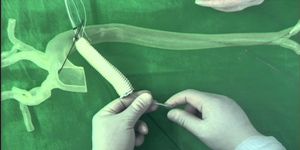AI Predicts Autism in Infants
A type of artificial intelligence is so well-trained on autistic brains that researchers say the technology can predict whether babies, as young as 6-months-old, will develop autism.
This is not the first time such technology has been used to predict autism in young children. In February, researchers from the University of North Carolina-Chapel Hill leveraged structural MRI data from 2-year-olds to predict, with 80 percent accuracy, the likelihood that the children will develop autism later in life.
The same group of researchers now tweaked their AI - this time using machine learning techniques based on the brain’s functional connections. When applied to the brain scans of 6-month-old infants, the AI correctly predicted a diagnosis of autism at 24 months of age.
"It was extremely accurate," said Robert Emerson, the study’s lead author of the group’s AI technology. Of the 59 infants, the AI had 100 percent accuracy in predicting that 48 infants would not develop the disease. Of the 11 infants later developed autism at 24 months, the machine predicted 9 cases. In the study, all the infants were considered high-risk, which meant that they had an older sibling who was also diagnosed with autism. “It did miss two kids, so it might be that their particular type of autism wasn’t represented in the behavioral profile we used to pick out the brain connections,” says Emerson.
As part of this current study, the researchers used functional connectivity MRI (fcMRI) to scan the infants’ brains while they slept. Each scan measured the activity of over 26,000 neural connections over hundreds of brain regions, including those that are responsible for characteristic autism features, such as language, motor development, and repetitive behavior. At 24 months, the children’s brains were scanned again, and they also received behavioral and clinical assessments.
The results show that the machine-learning algorithm could tease apart the functional connections associated with autism. That is, the AI learned how activity from one region of the brain interacts with another region, and these patterns can be diagnostic of autism early on.
Thus, with both structural and functional data to map autism in the brain, the team may have just created one of the most powerful and sensitive tools to diagnose autism in children.
"The idea is that we can be more effective if we can get to these kids before they develop autism, perhaps ameliorating or preventing it," said Dr. Joseph Piven, the study’s senior investigator.
“It’s going to be really important to use machine learning in the future to pull all these pieces of information together,” said Emerson. If they can combine data from the brain, behavior, and environmental exposures, Emerson believes “we’re going to have a very good shot at really nailing this early prediction.”
Additional source: Live Science









